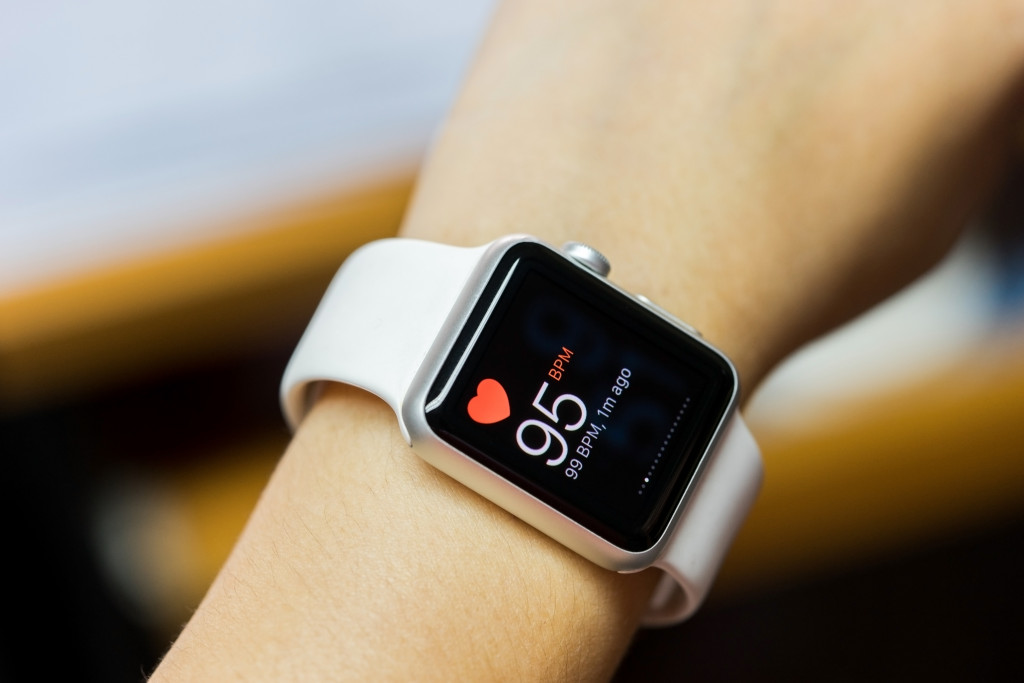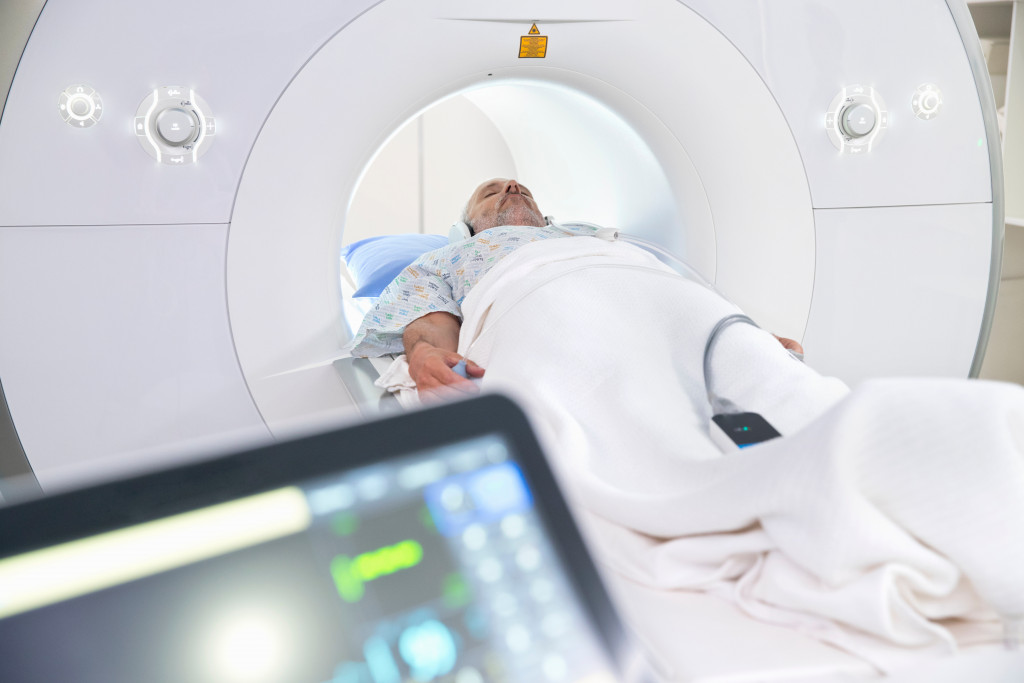- Telemedicine has made it easier for providers and patients to access medical information remotely.
- Electronic health records (EHRs) provide accurate patient history data and enable better communication between providers.
- Technology is now being incorporated into surgical procedures to improve accuracy and efficiency.
- Wearable devices and companion apps allow users to track their health data in real time.
- Technology has revolutionized healthcare, making it easier for people to care for their health.
Modern healthcare constantly evolves, and technology has been a major driver of change. With the help of technology, it’s now easier than ever for physicians to deliver high-quality care and for patients to access medical information quickly and easily. This blog post will explore how technology has made it easier to care for our health.

Telemedicine
Telemedicine is one of the most transformative technologies in healthcare today. It allows doctors to conduct remote consultations with patients while still providing high-quality care. This can be especially beneficial for people who live in rural areas or have mobility issues that make it difficult to access traditional medical services. Telemedicine can also save time, reduce costs, and improve patient satisfaction by eliminating the need for long waits at the doctor’s office.
Increasing Solutions for Providers
Telemedicine is a growing field, and many solutions are available for providers. Solutions range from video chats with healthcare professionals to online self-diagnosis tools and even remote monitoring of patient vital signs. All of these solutions have the potential to make healthcare more accessible, efficient, and cost-effective.
Room for Improvement
It’s important to note that telemedicine is still in its early stages, and many challenges must be addressed before it can be widely adopted. Regulations and licensing requirements can vary from state to state, making it difficult for providers and patients. Additionally, the privacy and security of protected health information (PHI) must be considered when using telemedicine.
Electronic Health Records
Electronic health records (EHRs) are digital versions of a patient’s medical history stored and shared electronically between multiple providers. EHRs allow healthcare providers to quickly access essential patient histories information, such as past diagnoses, medications prescribed, lab results, and allergies. This helps providers make more informed decisions about their treatment plans. Additionally, they make it much easier for patients to view their health data and track changes over time.
Numerous Benefits
EHRs offer several benefits, including improved accuracy and consistency of medical records, better communication between providers, enhanced quality of care, increased efficiency in data sharing and maintenance, and improved public health tracking. However, some challenges are associated with EHRs, such as privacy concerns due to the vast amount of stored data, increased cyber security threats, and the potential for healthcare providers to become overwhelmed by the amount of readily available information.
Risks Associated with the Technology
Both healthcare providers and patients must be aware of all the benefits and risks associated with EHRs before making any decisions regarding their use. EHR implementation and successful adoption of EHRs require great coordination and cooperation between healthcare providers, patients, and other stakeholders. It is crucial to ensure that all parties involved in the process are knowledgeable about EHRs and understand how to maintain their safety and privacy.
Technology in Surgeries
In recent years, the integration of technology into surgical procedures has become increasingly commonplace in medical centers all over the world. Surgeons are now utilizing new digital and robotic tools to help them perform their tasks more accurately and quickly. This allows for improved patient care and leads to quicker recovery times and fewer errors.
Small Camera
One of the most common technologies used in surgical procedures is laparoscopy. This technique involves inserting a small camera and other instruments into the body through tiny incisions, allowing surgeons to see inside the abdominal cavity and perform surgery without making large incisions.
Advanced Imaging Device
Medical centers should also acquire a reliable C-Arm machine to facilitate the work of surgeons. This advanced image device allows surgeons to see a patient’s body while operating. It will let them know the patient’s anatomical details to avoid damaging other body parts during the procedure.

Wearables
The emergence of wearables has made tracking your health data easier than ever before. Wearable devices like fitness trackers can monitor your heart rate, sleep patterns, calorie intake, daily steps, and more—allowing you to keep tabs on your overall health in real time.
Companion Apps
Plus, many wearables come with companion apps that allow you to easily store data and share it with your doctor when needed for further analysis. This can provide valuable insight into how you respond to specific activities or treatments, helping you make more informed decisions about your health.
Technology has revolutionized healthcare in recent years and is essential in making it easier to take care of our health. Technology has opened up a world of possibilities for improving our well-being! For hospitals and medical centers looking for ways to use technology for better patient care outcomes—these trends offer great growth opportunities!

